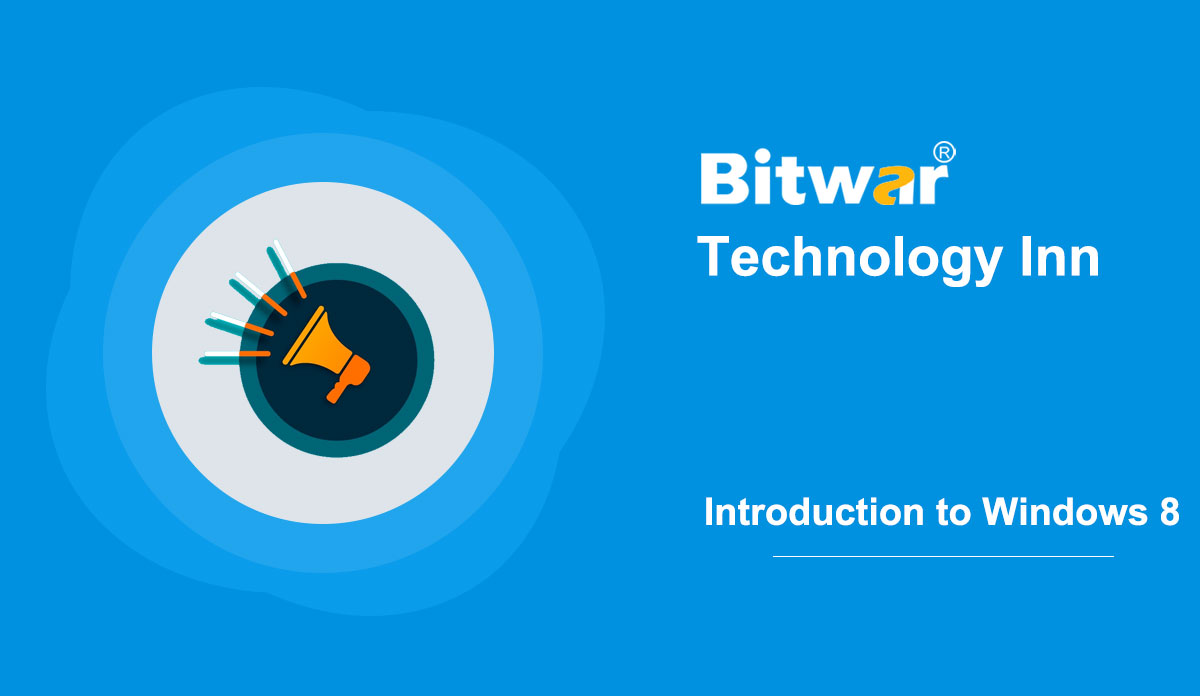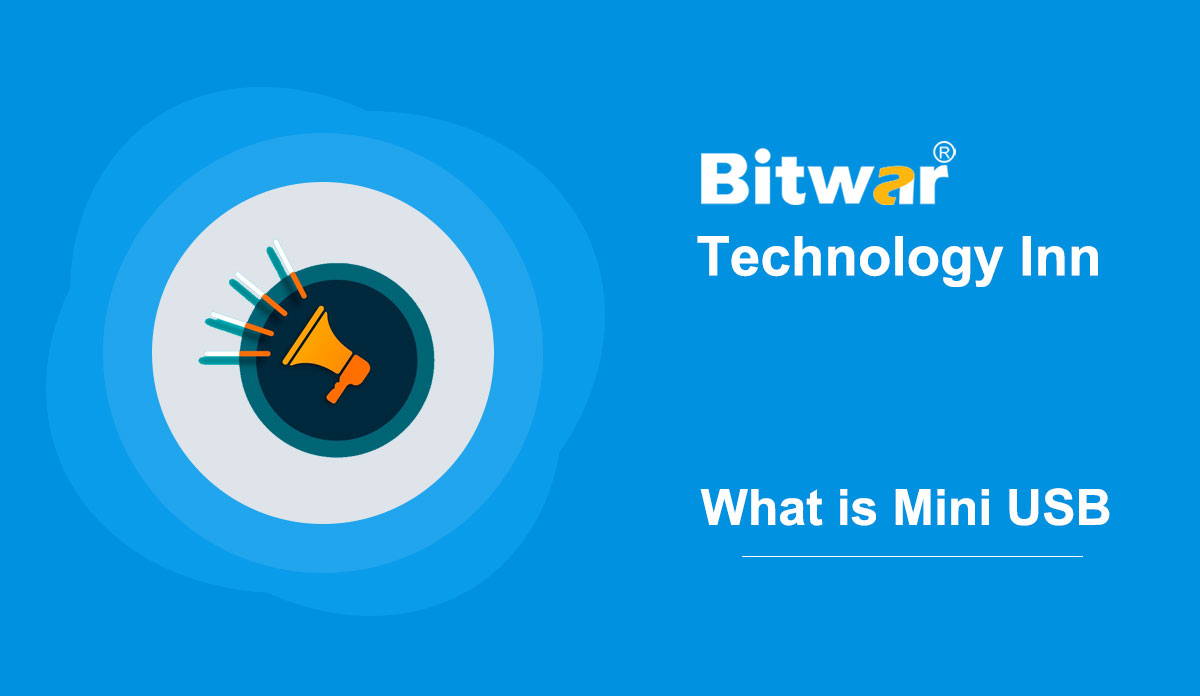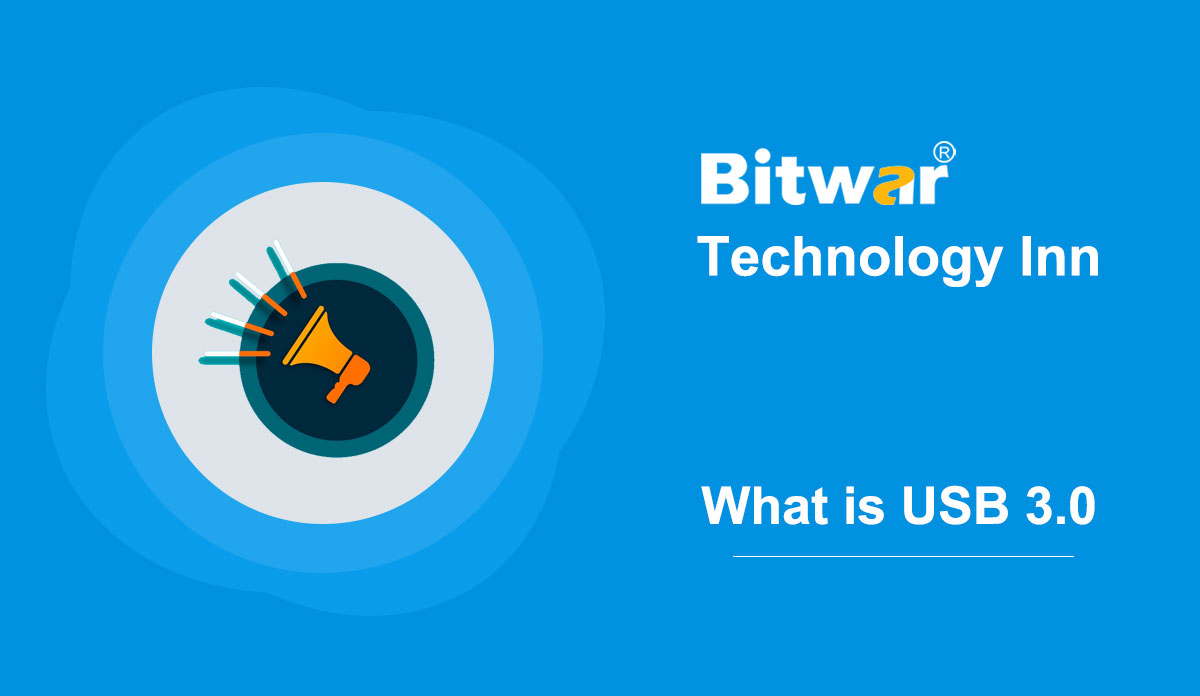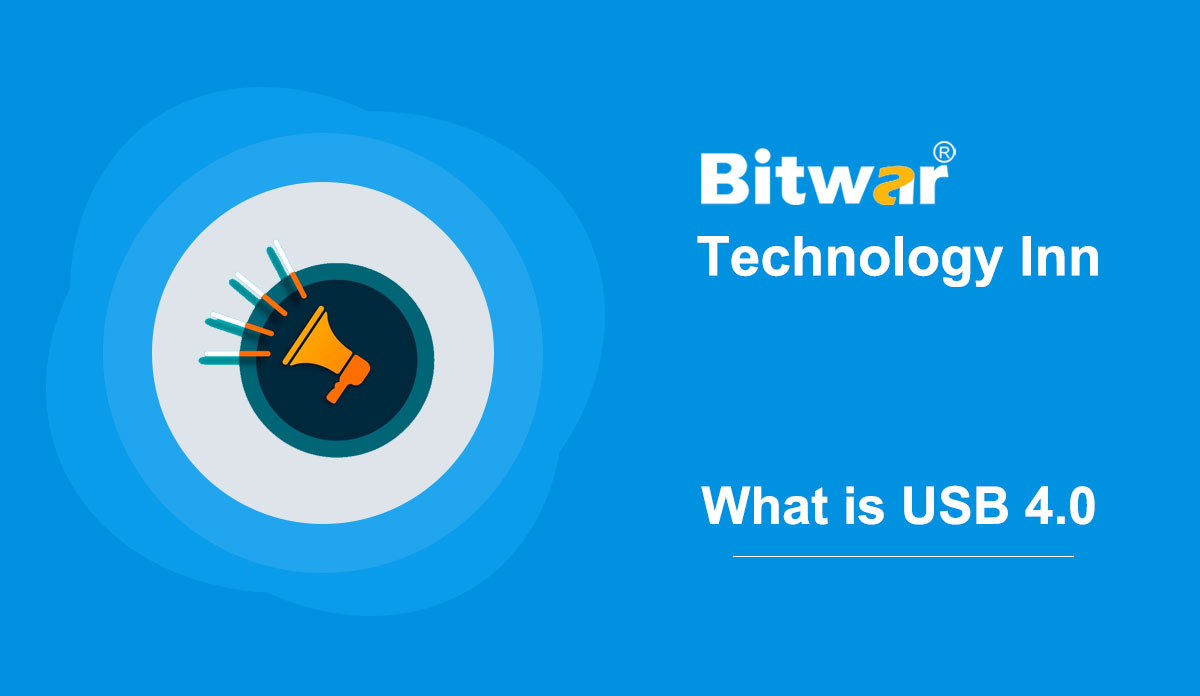- Location:
- Home >
- Knowledge Base >
- Technology Inn
 Windows Data Recovery
Windows Data Recovery Windows Data Recovery
Windows Data Recovery Mac Data Recovery
Mac Data Recovery Hard Drive Data Recovery
Hard Drive Data Recovery USB Data Recovery
USB Data Recovery External Devices Recovery
External Devices Recovery iPhone Data Recovery
iPhone Data Recovery File Repair Tools
File Repair Tools Memory Card Data Recovery
Memory Card Data Recovery Technology Inn
Technology Inn File Conversions
File Conversions AI Image Editing
AI Image Editing Text Recognition
Text Recognition- Simple Introduction To Windows 8
Summary: Windows 8, an operating system of Microsoft Windows, was released on October 26, 2012. Microsoft has made some significant changes to this version since Windows 95. It is the following version of Windows 7 and runs faster than the previous versions as it features new programming and technology. Major Features 1. Safety And Security Windows 8 includes two new different security features: antivirus capabilities to Windows Defender and authentication methods targeted at touchscreens. Integrated system recovery is also provided by Windows 8, which includes system recovery from USB drive, has the new "Refresh" and "Reset" functions. 2. Online Services And Functionality Windows 8 version provides greater integration with online services from Microsoft and others. It also ships with a client app for Microsoft's SkyDrive cloud storage service, which allows apps to save files to SkyDrive directly. Windows 8 also includes improved support for mobile broadband. Now the operating system can detect a SIM card inserted, automatically allocate connection settings, and reduce Internet usage. 3. Windows Store Apps Windows 8 releases a new type of application -- Windows Store apps. Apps can run in full-screen mode or snap to one side of the screen. They can use "contracts" (a collection of hooks) to provide general functions which can incorporate with other apps. Besides, Apps can also integrate with other services, while the Photos app can conglomerate...
2020-8-2
- What is Mini USB?
Summary: Mini USB (Mini Universal Serial Bus), made of coaxial cable, is a USB interface standard that is designed for transferring data between PC and digital mobile devices. It is a type of USB cable and port and also known as a USB 1.0 connector or Type B USB cable. Mini USB hit the scene in the early 2000s and works in the same way as regular USB cables. With an anvil-shaped five-pin connector, the Mini USB cable changed the physical form factor, which is half the width of USB-A. It is twice as thick as Micro USB but smaller than USB Type-A and B. It is widely used in among smaller devices, such as MP3 players, cameras. Types There are three types of Mini USB: type-A, type-B, and type-AB. 1. Mini-A It is superseded by Type-B micro and USB Type-B Mini connectors. It allows On-The-Go (OTG) peripheral devices, like tablets and smartphones, to function as host devices for mice and keyboards. 2. Mini-B It is Used by USB 1.1 and 2.0. It can be found in digital cameras, USB hubs, external hard drives, and other equipment. 3. Mini-AB It is made obsolete for USB On-The-Go Mini USB vs. Micro USB 1. Mini USB The...
2020-8-1
- What is Solid-State Drive (SSD)?
Summary: The solid-state drive (SSD) is a solid-state storage media that uses flash memory to store data regularly. Its full name was known as a solid-state disk or solid-state device. Generally, the SSD acts as secondary storage in the computer storage hierarchy. And SSD is made up of two essential parts: NAND flashes memory chips & a flash controller. Types of SSD Different shapes and sizes of SSDs can affect the storage capacities, transfer rate, price, and even thermal output. Here list some commonly seen types of SSD: M.2 The M.2 drive is the smallest design of the SSD with minuscule size. It can take advantage of the SATA or NVMe controller, so speed does vary between two extremes. Because of its broader size, it is typically used in mobile solutions. Besides, M.2 driver can support NVMe, thus boosts its performance. PCIe The Peripheral Component Interconnect Express (PCIe) is mainly applied to graphics cards and add-in cards. However, PCIe SSDs are now available to boost fast data transfers using the additional bandwidth. It is the most expensive form of SSD but offers the best performance. MLC Due to higher data density, it has a lower cost. Compared with SLC, it has lower write speeds and P/E cycles, but higher power consumption. SATA...
2020-7-31
- What is USB 3.0?
Summary: USB 3.0 is a revolutionize Universal Serial Bus standard, which is called the third generation of USB. It is a device that connects communication between the internal or external device and the computer system at a remarkable transmitting data speed that enables plug-and-play connectivity. To be more precise, it can transmit data 10 times faster than the older version of USB2.0 from between computer and external devices, which is equivalent to an optimum rate of 5 Gigabits per second! USB 3.0 Connectors USB Type-A USB 3.0 Type-A, the same as the plug at the end of a flash drive, is a rectangular USB connector. USB 3.0 Type-A is compatible with both USB 2.0 and USB 1.1 connections. USB Type B USB 3.0 Type-B, usually applied in printers and other large devices, is a square USB connector with a large notch. The USB 3.0 Type-B plug can only be used in a USB 3.0 Type-B port, but previous plugs are all suited for the USB 3.0 Type-B port. USB Micro-A USB 3.0 Micro-A, found on many similar portable devices, is divided into two rectangular plugs. The USB 3.0 Micro-A plug only supports the USB 3.0 Micro-AB ports, but previous USB 2.0 Micro-A...
2020-7-30
- What is USB 4.0?
Summary: USB 4.0, released on 29 August 2019 by USB Implementers Forum, is a Universal Serial Bus system specified in the USB4 specification. Compared with prior USB systems, USB4 still uses USB-C connectors and requires the support of USB PD for power delivery. It is an excellent improvement of the Thunderbolt 3 connector. USB 4.0 VS USB 3.2 As the latest version, USB 4.0 differs from USB 2.0 in speed, bandwidth, and release time. Just as the chart shows: USB4 supports 40 Gbit/s throughput. Compared with USB 3.2, when sending mixed data, USB4 can offer higher effective data rates. Based on the Thunderbolt 3 protocol, USB4 support to interoperate with Thunderbolt 3 products, which makes it optional for USB4 peripheral devices and USB4 hosts. In a nutshell, USB 4.0 has made progress in many aspects. Thunderbolt Compatibility Apple initially deployed the Intel-designed Thunderbolt fast data transfer tech. Currently, more than 400 PCs on the market are equipped with Thunderbolt 3. The USB-C port can be a Thunderbolt port now. But not all devices have Thunderbolt, and some ports aren't compatible with Thunderbolt. Hence, in terms of super-fast data transfer, all USB 4.0 devices and ports are automatically compatible with Thunderbolt only if individual manufacturers elect to build it in. And despite the use of the standard, the use of the trademark is not royalty-free. OEMs need to be certified by...
2020-7-29





